|
|
THE LOCUST
TREES
Black Locust and Honeylocust
Fabaceae, The Legume or Pea Family
The pea family (sometimes called Leguminosae) is very large, with about 15,000 species world-wide. The family is more concentrated in tropical and sub-tropical regions. About 40 tree species are native to North America, with none native to the U.P. Both black locust and honeylocust have been planted for a number of reasons but are not common. Black locust has become naturalized in a few places. Honeylocust is an ornamental only.
BLACK
LOCUST (Robinia pseudoacacia)
Other Names: Locust, Yellow Locust, White Locust, Post Locust, or False
Acacia
Key ID Features: Leaves, Thorns, Pods
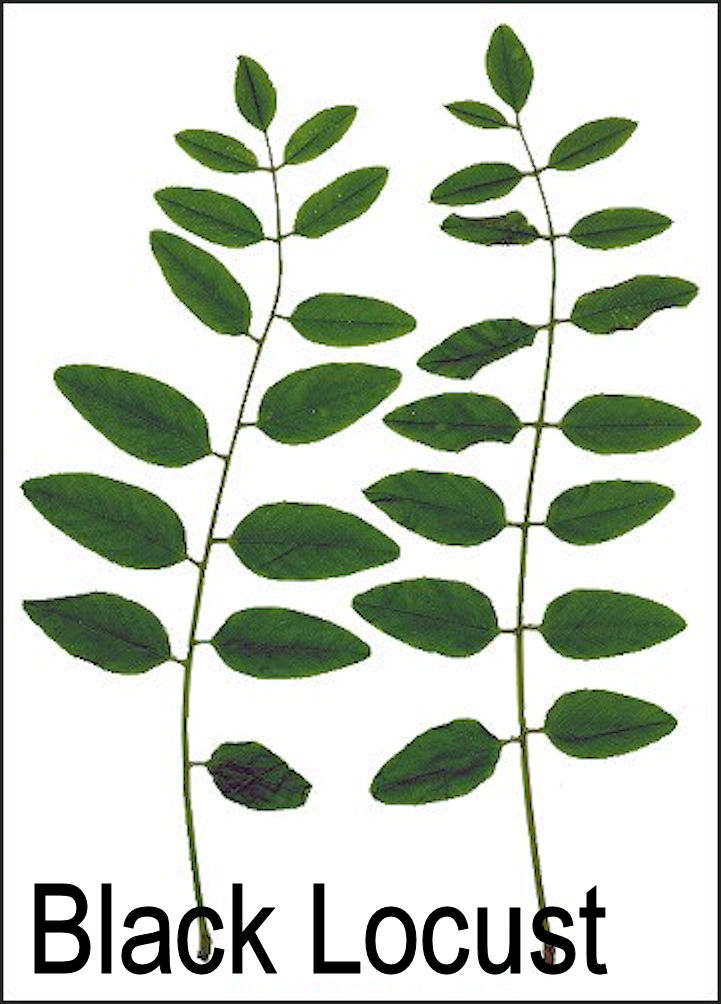
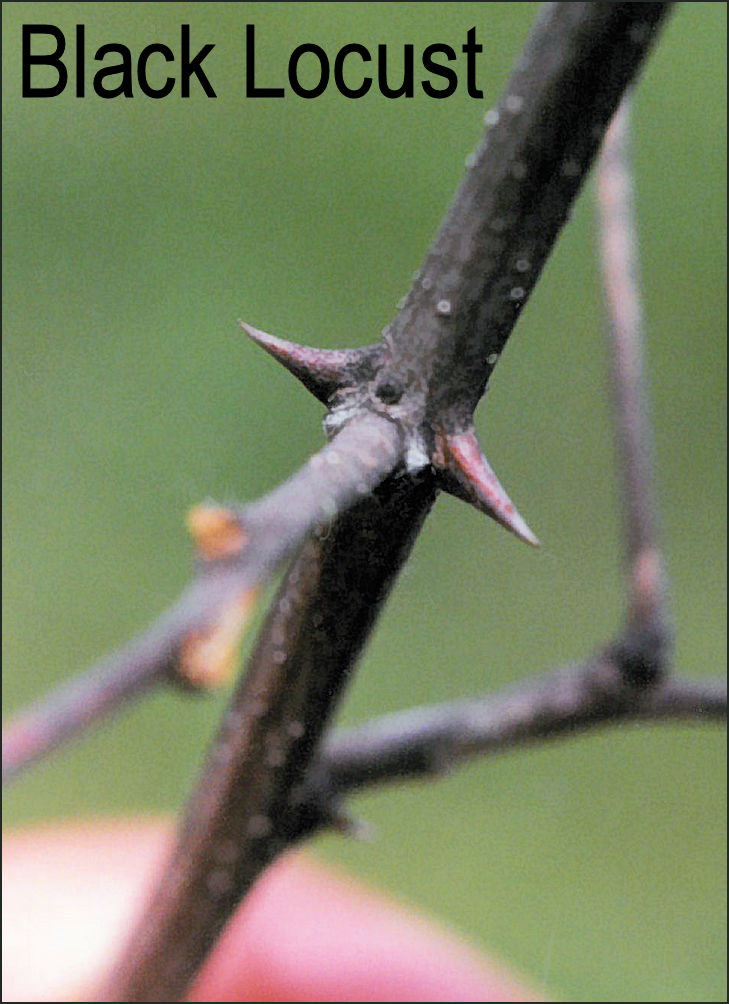

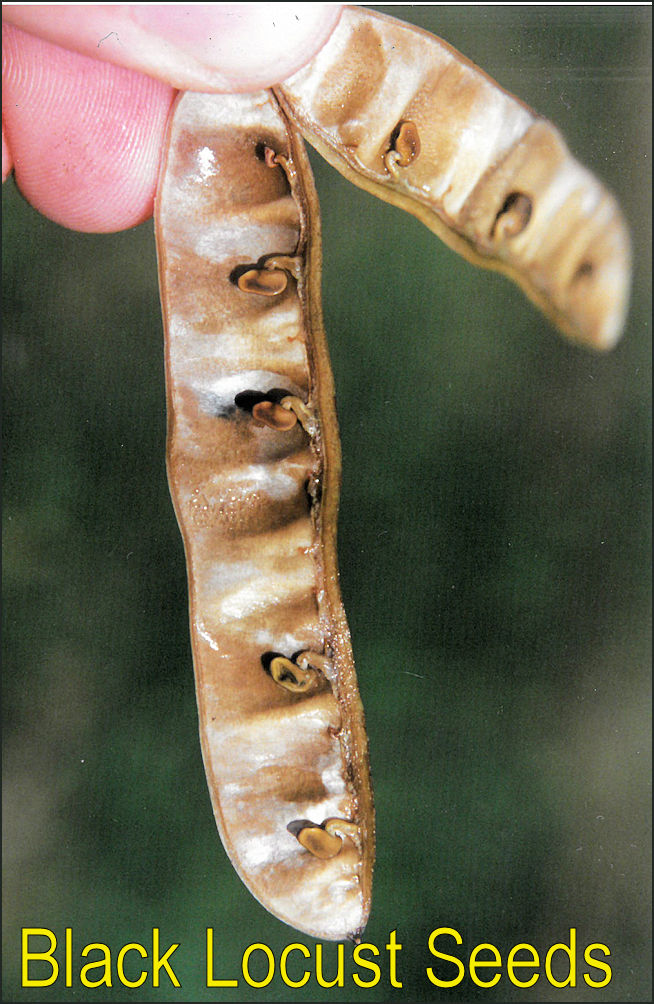
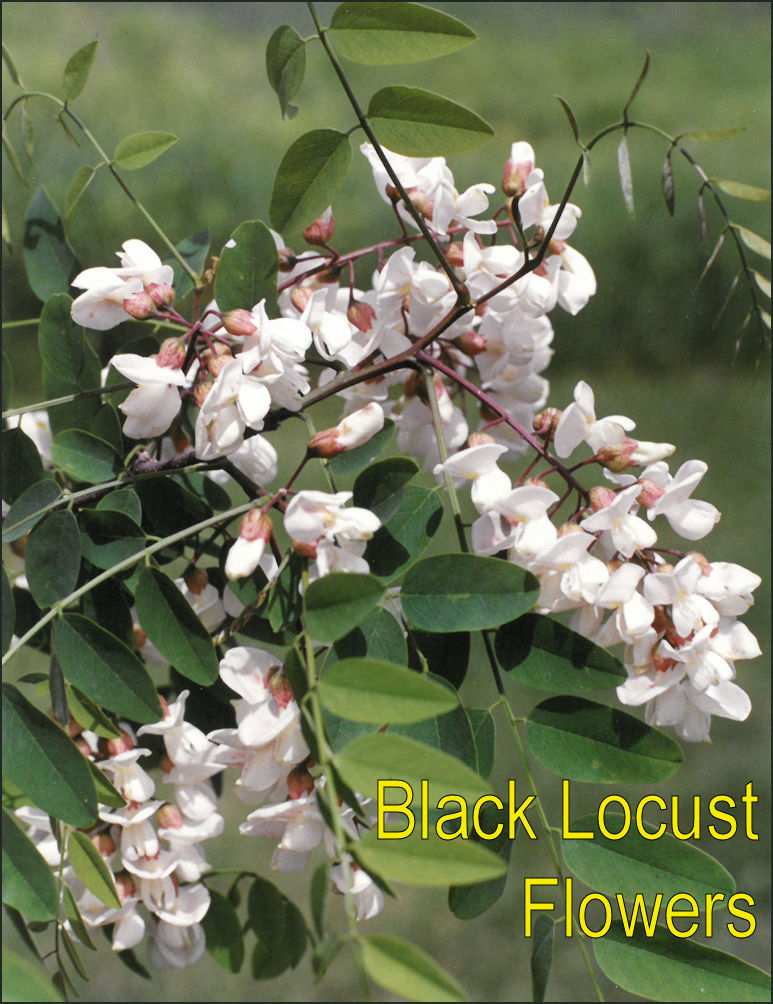
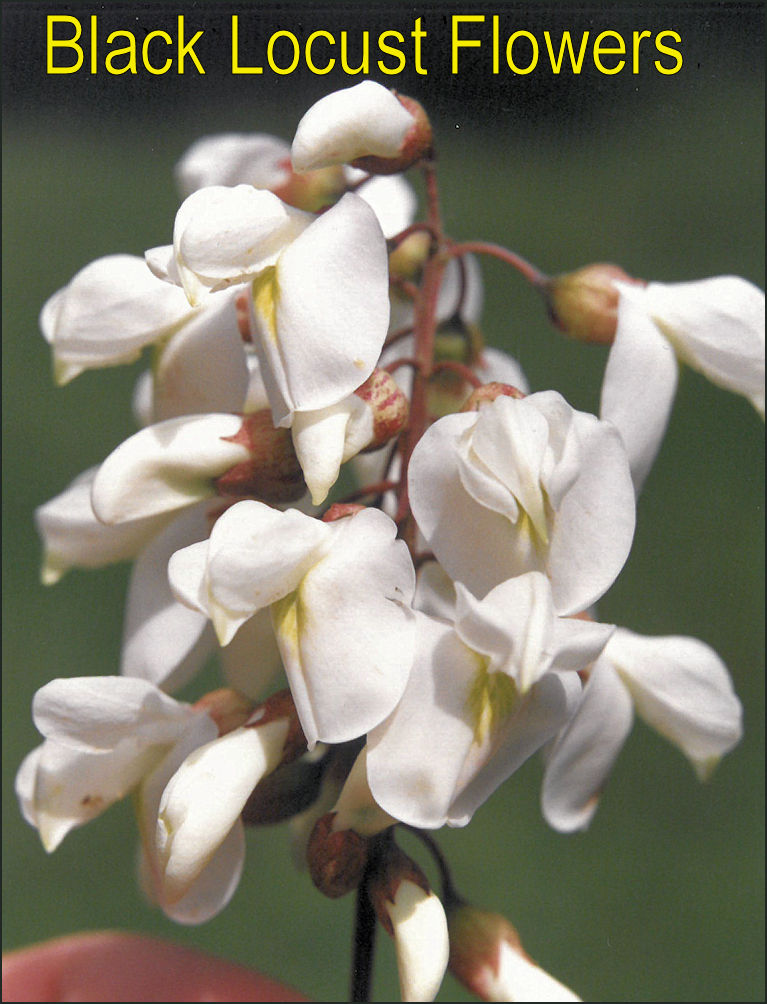
Black Locust in a native of the central
hardwood region of the United States. It occurs occasionally across the U.P. because
it was planted, sometimes for erosion control purposes. It is uncommon. The
LEAVES are compound with
oval leaflets (under 2") with smooth margins.
The white FLOWERS are shaped similar to those of peas. The FRUITS are brown,
thin, papery pods 2-4 inches long. A pair of short, sharp THORNS grow above each leaf scar. The BARK grows in
shreddy-looking ridges. The UNDERBARK is yellowish. TWIGS are brown with
small, stubby, brown buds. Black locust, when it occurs, usually INHABITS dry
places, old fields, and vacant lots.
HONEYLOCUST (Gleditsia
triacanthos)
Other Names: Thorntree
Key ID Features: Leaves, Thorns, Fruit
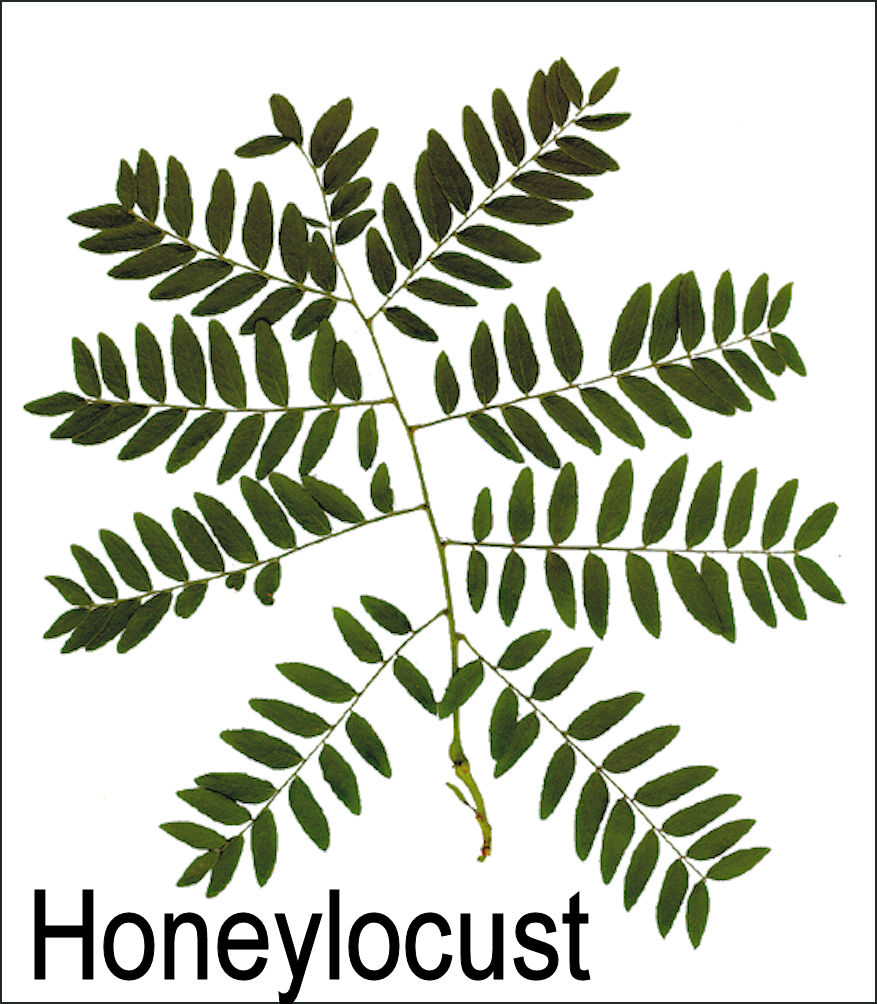


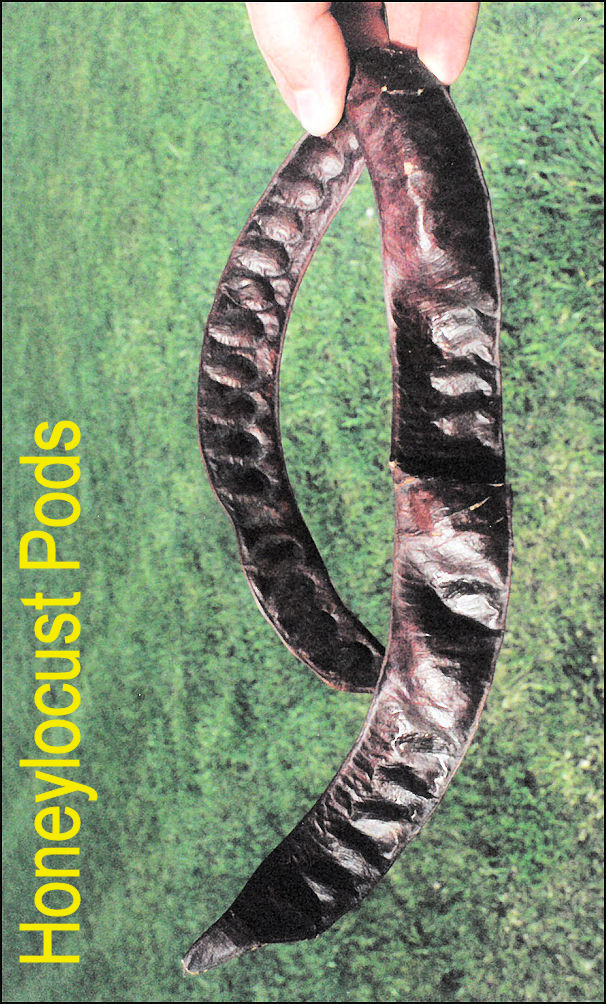
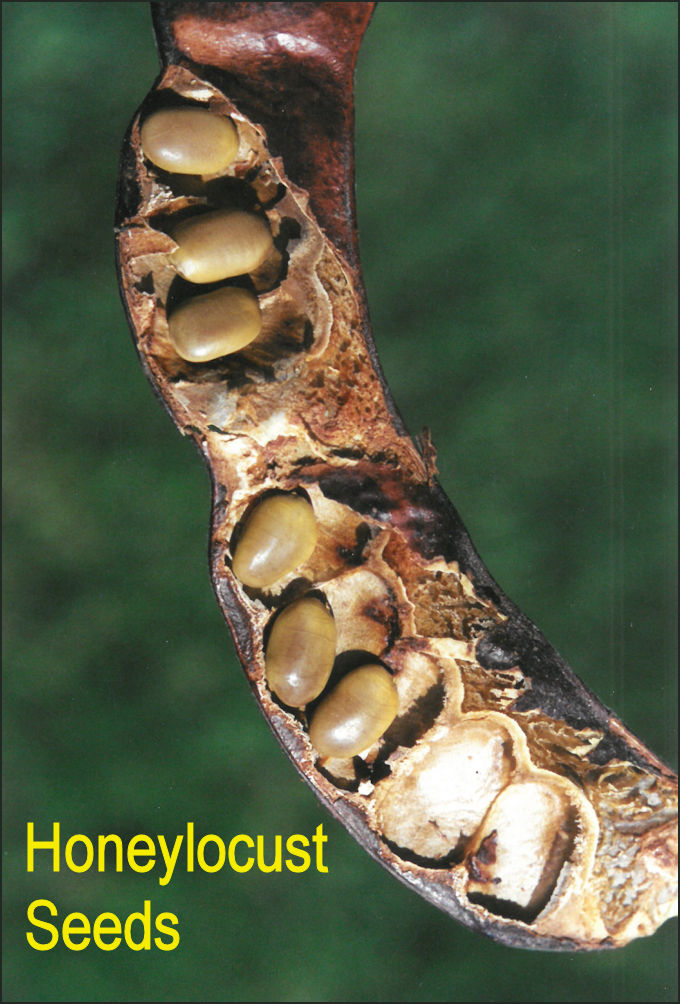
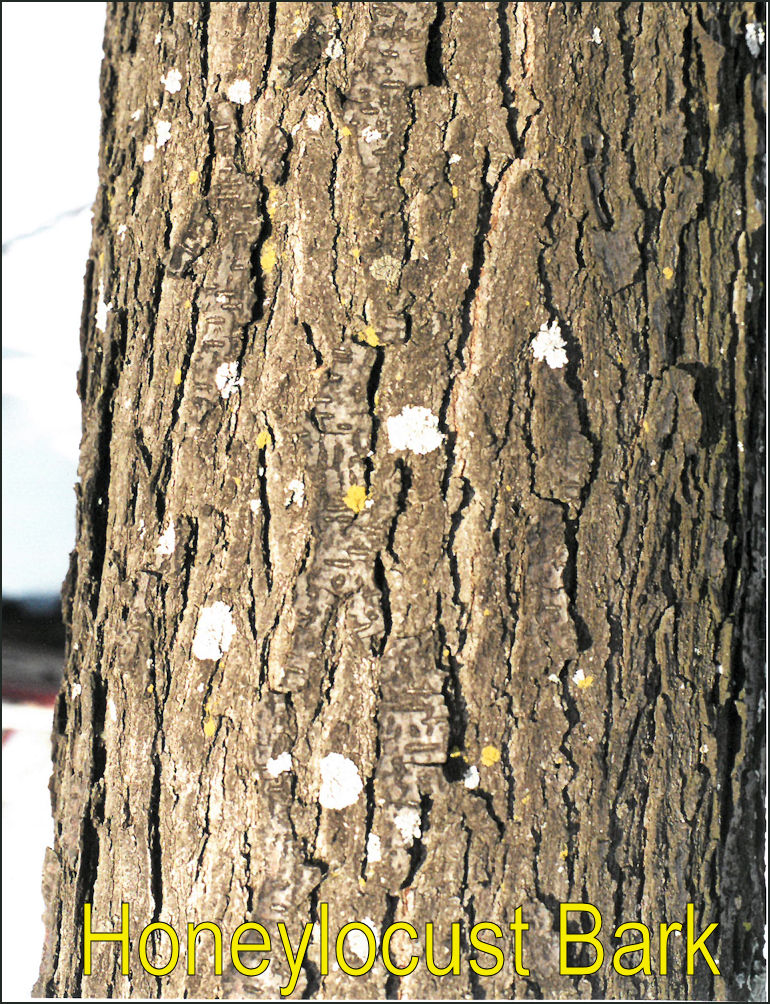
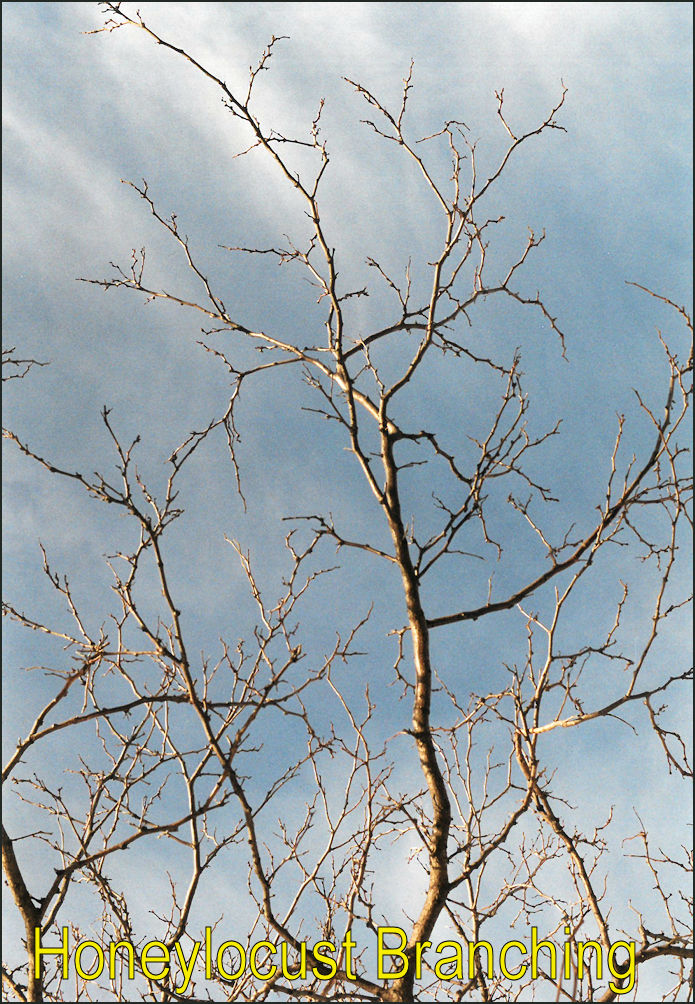
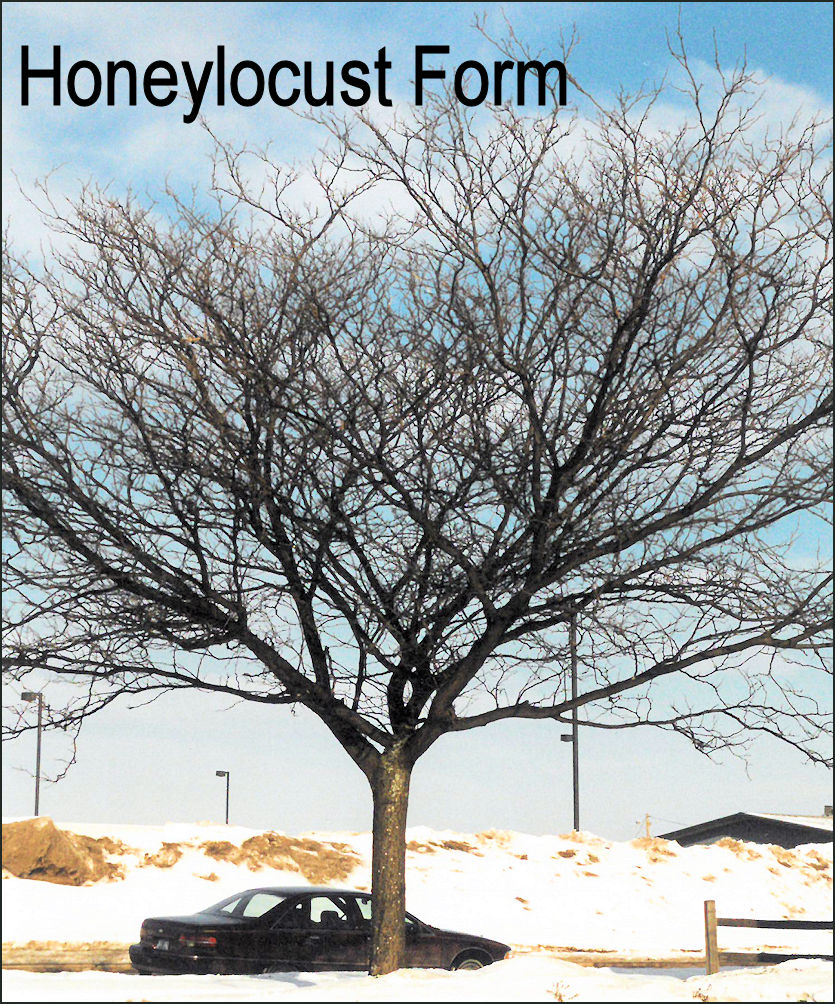
LEAVES of the wild honeylocust are doubly-compound, although many urban
varieties lack this feature. The leaflets are are 1-2 inches long with smooth margins. The brown PODS are 7-18 inches
long, maybe an inch wide and a quarter-inch thick. Wild trees have nasty 3-part,
branched THORNS up to several inches long. Ornamental trees usually have this
feature bred out of them. The TWIGS have a distinct zig-zag pattern and no terminal BUDS. The BARK is a medium to dark
gray free of large fissures and ridges, although cracks develop between large plates.
These plates usually have small warty growths on them. While not a part of the
U.P. forest, honeylocust is fairly common as street and park trees.
Click on the blue to return
to the Deciduous Summer Key or the Deciduous
Winter Key.
Click HERE to return to the home page.
A note about the images on this website, click here.
This site created and maintained by Bill Cook, MSU Extension Forester for the Upper Peninsula of Michigan. Editing and modification is ongoing. Submit suggestions, questions, and corrections to cookwi@msu.edu or call 906-786-1575.